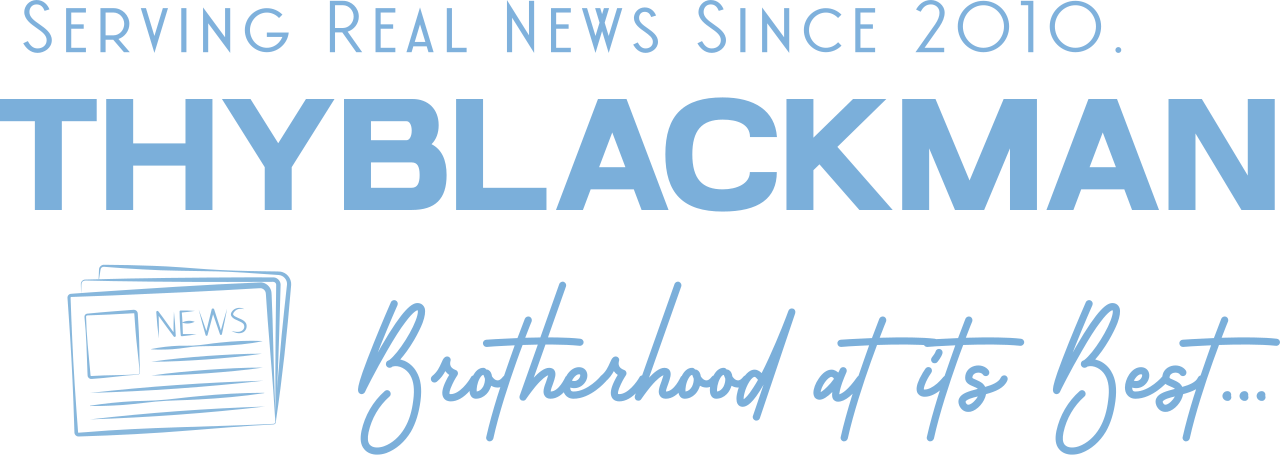(ThyBlackMan.com) Whether it’s the aftermath of surgery, trauma, or a medical condition, losing soft tissue volume can be physically and emotionally difficult. The effects are often more than skin deep—changes in appearance, function, or even symmetry can quietly impact how confident you feel in your own body.
One effective and increasingly popular solution for restoring natural shape and softness is fat grafting perth, a process that uses your own fat to rebuild volume. Unlike synthetic fillers or implants, this technique offers a more organic approach with the benefit of long-lasting results.
So, how does it work—and is it right for you?

Understanding Volume Loss
Volume loss can show up in many ways depending on the area affected. It might appear as hollow cheeks after facial surgery, a sunken area at a surgical site, or uneven contours after trauma or burns. Some people even experience noticeable asymmetry between body parts, which may interfere with function or movement.
In many cases, especially when soft tissue has been removed, traditional reconstructive options might feel too invasive or fall short of natural-looking results. That’s where fat grafting comes in.
What Is Fat Grafting?
Also called fat transfer or lipofilling, fat grafting involves removing fat from one part of your body—often the thighs, abdomen, or flanks—and carefully injecting it into the area where volume has been lost. It’s typically done under local or general anesthesia, depending on the complexity and area being treated.
The process involves three key steps:
- Harvesting – Fat is gently removed using liposuction.
- Purification – The fat is processed to remove excess fluid and damaged cells.
- Reinjection – The purified fat is injected strategically to restore shape and volume.
Because it’s your own tissue, there’s no risk of allergic reaction, and the final outcome tends to look and feel natural.
Common Areas Treated With Fat Transfer
Fat grafting is used in both reconstructive and cosmetic cases. Some of the most common applications include:
- Facial volume restoration after cancer surgery or trauma
- Breast reconstruction after mastectomy or lumpectomy
- Scar revision where contour irregularities have formed
- Buttocks or hips to balance proportions after injury or surgery
- Hand rejuvenation to address thinning skin and visible tendons
While it’s not always a complete fix on its own, fat transfer can significantly improve both aesthetics and comfort when used as part of a broader treatment plan.
How Long Do Results Last?
One of the main benefits of fat grafting is that, once the transferred fat cells establish a new blood supply, they become a living part of your body. Unlike fillers that gradually dissolve, fat grafts can last many years. However, it’s normal for a percentage of the fat to be reabsorbed within the first few months—surgeons typically compensate for this during the initial procedure.
Results vary slightly from person to person, but with proper technique and post-operative care, the outcomes are often stable and satisfying.
Who’s a Good Candidate?
Fat grafting isn’t suitable for everyone, but you may be a strong candidate if you:
- Have adequate fat stores for harvesting
- Are in good general health
- Have realistic expectations
- Want a natural alternative to implants or fillers
- Are addressing post-surgical volume loss, asymmetry, or scarring
A consultation with a qualified surgeon will help determine whether this is the best option based on your goals, medical history, and the complexity of the area to be treated.
Things to Consider Before You Commit
Like any medical procedure, fat grafting involves planning and care. Here are a few things to keep in mind:
- Downtime is usually minimal, but swelling and bruising can last up to two weeks.
- Multiple sessions may be needed for large or complex corrections.
- Weight fluctuations can affect results—your fat may behave like it does in other areas of the body.
- Technique matters—seek an experienced surgeon with specific expertise in reconstructive fat transfer.
It’s also worth noting that not all the fat will survive the transfer process, so expecting perfection from a single session may lead to disappointment. The best results come from a collaborative process where your input and your surgeon’s skill come together for a customized approach.
Fat grafting may not be the first solution people consider after surgery or injury—but it’s often one of the most rewarding. By using your body’s own tissue, this method provides a subtle, natural restoration that helps you feel more like yourself again. If you’ve been dealing with uneven contours, visible volume loss, or changes that affect your confidence, it may be worth asking a specialist whether this option could help you reclaim not just your shape—but your peace of mind.
Staff Writer; Roy Jacobs

















Leave a Reply